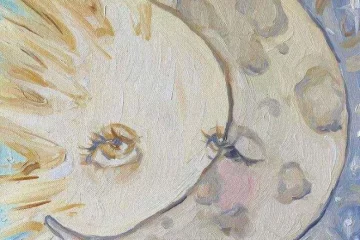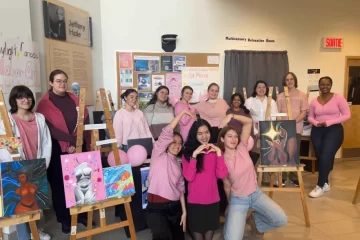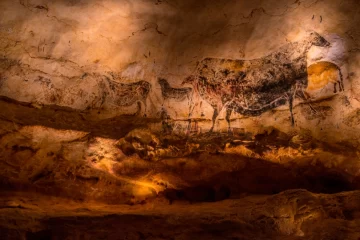This holiday is an old one that originates from a mix of old Mesoamerican and European traditions, a blend of many different old celebrations. Some of those come from the old beliefs of how souls travelled to the afterlife, though its origins lead to how it is observed to this day.
Traditionally the Day of the Dead, Dìa de los Muertos in Spanish, is celebrated on the 1st and 2nd of November, the main celebration being on the 2nd. While this still reigns true in most places today, some choose to celebrate on the 31st of October, or for only one day, and even on the 6th of November but is it celebrated?
Compared to other holidays, the Day of the Dead is unique in that it celebrates death rather than mourning it. Particularly the holiday remembers the dead instead of forgetting them and moving on and away from them. There are other celebrations akin to the Day of the Dead, of course, but they are typically few and far between.
The celebrations typically start at midnight, starting with the Dìa de los Angelitos, the lesser-known of the two days. This first day is for the dead children of families. It is considered that their spirits are reunited with their families for the entire 24 hours. For that time, families will construct altars, which are also known as ofrendas. For the spirits of the children, they often have favourite snacks, toys, candies, and photographs. There are often even balloons on them rather than just paper banners. These things are done to spoil and celebrate the dead children, and it is not typically a sad time. It is, after all, a celebration.
In some regions, children will go out trick or treating much like in Canada and the United States, although typically wearing costumes of folklore and such. There are also other regions where children will dress up for a huapango dance on November 1st, which is a traditional dance of folklore to traditional music.
Once the first day is over, the celebration of passed-on adults begins. Until noon on November 2nd, families will celebrate passed on loved adults, instead of children. The celebrations are similar to altars, however, they typically have more mature items on them and fewer sweets in general. One may even see alcohol on an ofrenda. People will often play games together and reminisce about the person or people who have moved on.
One the second day parades are common. People will paint themselves as skeletons and come together as a community. It’s not typically uncommon for people to visit graves on this day either, and to wash and decorate them with flowers is very common, marigolds being one of the most common flowers used due to their significance, which is that they are believed to guide spirits to their altars.
Interestingly enough, Halloween and the Day of the Dead are mostly unrelated. Halloween comes from the Celtic celebration of Samhain when they would welcome the harvest and the end of the summer and ward off ghosts. It should also be mentioned that while the celebration is most notably celebrated in Mexico, other Latin American countries also observe it. There is also the All Soul’s Day, which is much akin to its spirit.
What is important to acknowledge is the difference in how death is perceived in the regions that celebrate this holiday. They are not something to be mourned, but to be remembered as it seems to them that the dead are not truly so until they are forgotten.
Sources
https://www.history.com/topics/halloween/day-of-the-dead
Día de los Angelitos by Daniel del Real




